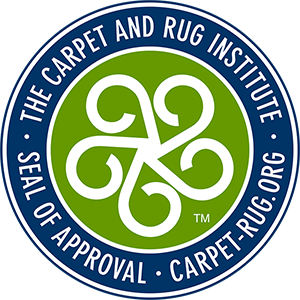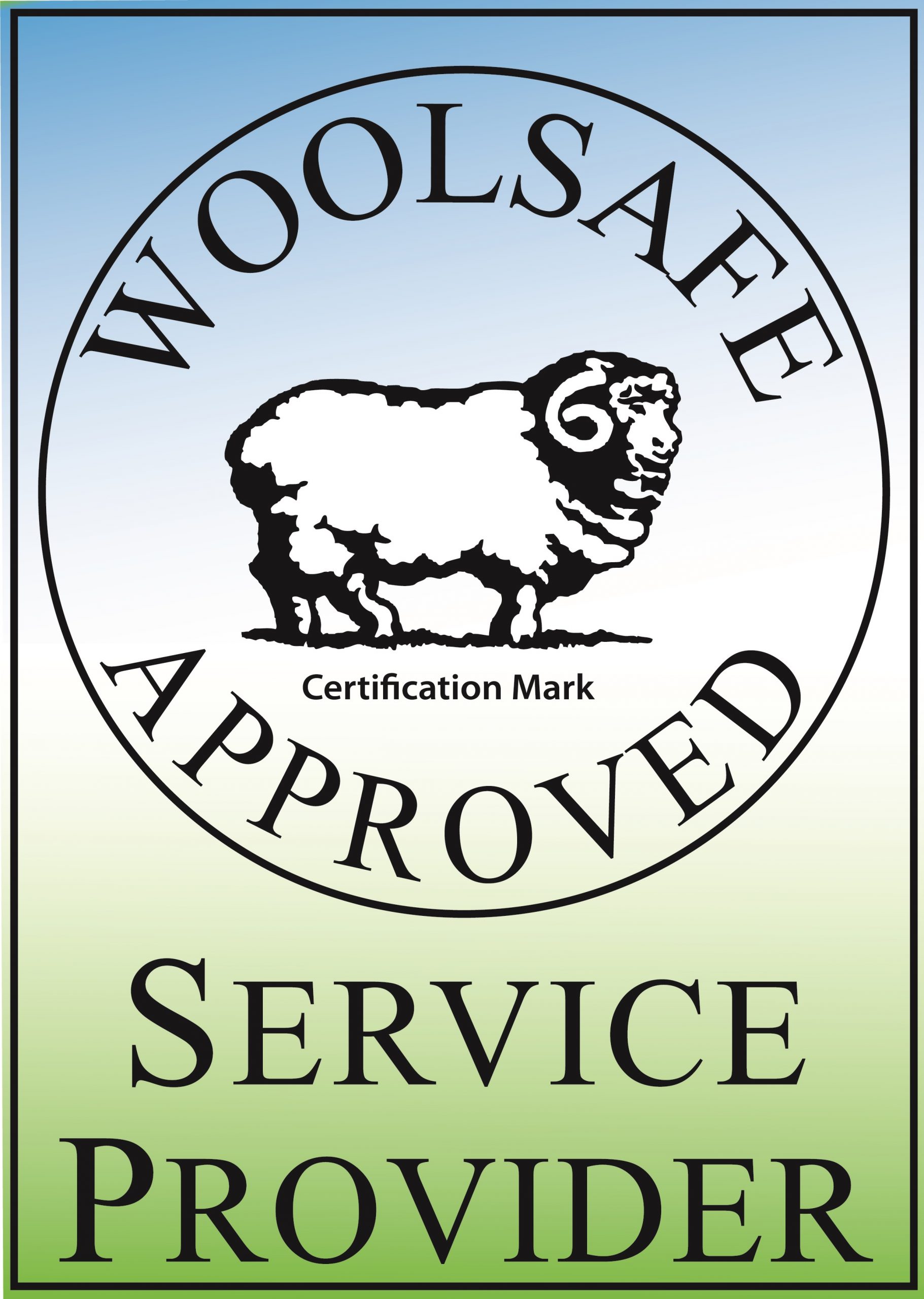Oriental Rugs – How To Read The Tree of Life Design

Tree of Life Design
As it is documented in the Tree of Life Persian rugs, legend has it that a cypress tree planted by request of a Zoroastrian Prophet, this tree grew to be so big that 10,000 sheep could use it for shade and thousands of birds lived within the branches.
When the neighboring King heard of this massive tree he ordered it cut down and brought to him. Many people warned against this action. Ignored these warnings, the King had the felled cypress tree transported via 1200 camels to his palace. Ironically he never did lay eyes upon the tree as he was killed before it reached the palace.
The Tree of Life, as it is symbolized in Persian rugs represents the connection between earth and the environment through its roots and outreaching branches. It is a very rare design in Persian Prayer rugs weaved by the Baluchi tribes.
The idea of a ‘tree-of-life’ and its meaning has existed for centuries and been referenced in science, mythology, religion and other realms of academia. At its most basic, the tree of life has represented a tree of many branches which stand as a metaphor for how all life on Earth is connected and the liveliness of the spirit. The tree of life is depicted differently in different religions and cultures and is a key feature in many artworks throughout within each.
Tree of life rugs, also known as Tree rugs earns distinction as a representation of one of the most timeless religious symbols of human life, its use preceding Christianity and Islam.
In Islam, the Tree of Life remains an important metaphor for the pathway between Heaven, Earth, and the underworld of Hell. Persian Tree of Life Rugs, like other rugs from the Middle Eastern regions, are known for their use of reds and blues, and elaborate depiction of animals surrounding a bountiful tree which springs forth from a vase. The Tree of Life design symbolizes the bridge between paradise, the world of men and the world above. (Source The Macmillan Atlas of Rugs and Carpets, ed. D Black (New York 1985).
Oriental Rug Salon specializes in the cleaning, repair, and restoration of Oriental, wool and silk area rugs from around the world. We are a Certified Partner with the prestigious Institute of Inspection, Cleaning and Restoration Certification and the international Carpet & Rug Institute. We are also A+ rated by the Better Business Bureau and Angie’s List and are proud to be the “cleaner of choice” to many of our areas leading interior designers, rug collectors, realtors and clients who are passionate about their treasured “Oriental” area rugs.
As a word of caution NEVER trust your area rugs to a carpet cleaning company. Chances are they do not own a dedicated rug plant, do not have certified technicians who specialize in Persian, wool and silk rug cleaning and have no clue how to “read” or identify your area rug to determine the best course of cleaning or repair.
For more information about Oriental Rug Salon or to schedule an area rug cleaning or repair appointment please visit us online at www.OrientalRugSalon.com or call us anytime at 239-424-8171.
Please LIKE US on Facebook to receive tips and money-saving coupons on cleaning services and repairs. Our Facebook address is: https://www.facebook.com/OrientalRugSalon/
—————————–
Oriental Rug Cleaning | Wool Area Rug Cleaning | Silk Area Rug Cleaning | Area Rug Cleaning | Fringe Repair | Oriental Rug Repair | Persian Rug Valuations and Appraisals
Oriental Rug Cleaning Cape Coral | Naples | Fort Myers | Estero | Bonita Springs | Naples | Marco Island | Sanibel | Punta Gorda | Port Charlotte | Lehigh Acres | Alva | Pine Island | Matlacha | St. James City | Bokeelia | North Fort Myers | Fort Myers Beach



